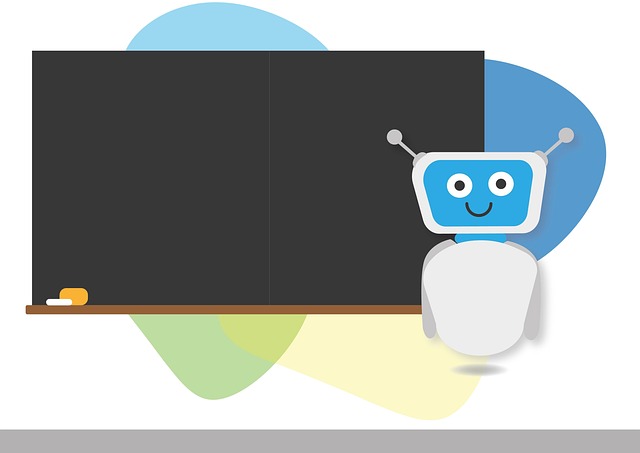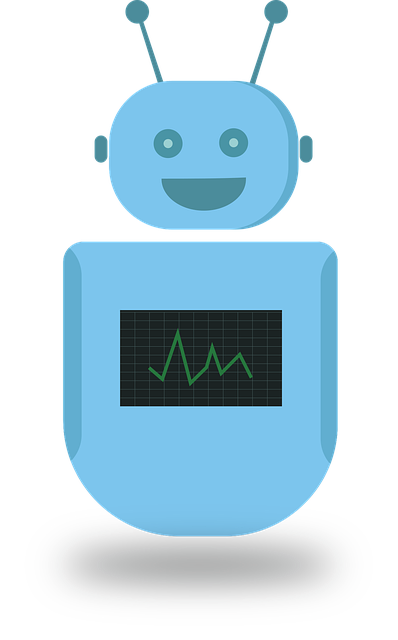In today's digital era, free AI chatbots like OChatbot are transforming businesses by offering advanced natural language processing (NLP) capabilities for efficient customer engagement and automation. Development begins with defining the chatbot's purpose and scope, followed by choosing a suitable platform like Dialogflow or Rasa for rapid prototyping. Engaging conversational flows are designed using NLP to predict user queries and provide contextually relevant answers. Thorough testing ensures accuracy, after which the OChatbot is deployed on platforms like messaging apps or websites. Regular updates and feedback analysis maintain its relevance and personalization over time.
Creating your own chatbot has never been easier with the advent of powerful tools like free AI chatbots and OChatbot. This comprehensive guide will walk you through the process from start to finish. We’ll explore defining your chatbot’s purpose, selecting the ideal development platform, crafting engaging conversational flows, and testing, deploying, and maintaining your creation. Whether you’re a tech novice or expert, learn how to harness the potential of OChatbot and free AI chatbots to build an effective digital assistant tailored to your needs.
- Understanding OChatbot and Free AI Chatbots
- Defining the Purpose and Scope of Your Chatbot
- Choosing the Right Development Platform
- Designing Conversational Flows and Responses
- Testing, Deploying, and Maintaining Your Chatbot
Understanding OChatbot and Free AI Chatbots

In today’s digital era, the concept of conversational AI has gained significant traction, with OChatbot leading the way as a powerful tool for creating intelligent chatbots. OChatbot is an innovative platform that enables developers to build and deploy custom chatbots using advanced natural language processing (NLP) capabilities. By leveraging free AI chatbots like OChatbot, businesses can enhance customer engagement, automate tasks, and provide 24/7 support without breaking the bank.
Free AI chatbots offer a cost-effective solution for creating virtual assistants that can handle various user queries, from simple FAQs to complex problem-solving. These platforms often come with pre-trained models and easy-to-use interfaces, allowing non-technical users to build and train their own chatbots without extensive programming knowledge. OChatbot stands out in this landscape by providing a comprehensive suite of features, including customization options, integration capabilities, and continuous learning algorithms, ensuring that chatbots can adapt and improve over time.
Defining the Purpose and Scope of Your Chatbot

Defining the purpose and scope of your chatbot is a crucial step in the development process. Before diving into building a free AI chatbot, it’s essential to consider what specific tasks or industries your oChatbot will serve. Will it be a customer service assistant, providing quick support to users? Or perhaps a content generator for creating personalized text-based experiences?
The scope should also encompass the conversation flow and context. Determine the types of questions or prompts your chatbot should handle, the level of complexity involved, and any unique features you want to incorporate. This step ensures that your chatbot development efforts are focused and aligned with clear objectives, ultimately delivering a more effective and engaging conversational AI experience.
Choosing the Right Development Platform

When creating a chatbot, one of the initial and crucial steps is selecting the ideal development platform. This decision significantly impacts the ease of building, deploying, and maintaining your chatbot. For developers looking to create free AI chatbots, several robust options are readily available. Open-source platforms like Dialogflow (formerly API.AI) and Rasa offer powerful tools to build sophisticated conversational agents without incurring costs. These platforms provide a wide range of features, from natural language understanding to integration with various messaging channels.
Additionally, many modern chatbot development frameworks come equipped with pre-trained models and ready-made components, allowing developers to quickly prototype and deploy their oChatbots. This efficiency is particularly appealing for those aiming to create simple yet effective chatbots for specific tasks or industries. With a wealth of documentation and active communities supporting these platforms, developers can access knowledge-sharing resources and ensure ongoing support throughout the chatbot creation process.
Designing Conversational Flows and Responses

Designing Conversational Flows and Responses is a critical step in creating an engaging oChatbot. This involves mapping out how your chatbot will interact with users, what types of questions it should be able to answer, and how it responds to different user inputs. Utilize free AI chatbots and their natural language processing capabilities to understand common user queries and tailor responses accordingly. By predicting user needs and providing relevant, contextually appropriate answers, you enhance the overall user experience.
Imagine your chatbot as a guide in a conversation. It should be able to greet users, understand their requests, offer helpful suggestions or solutions, and even escalate issues when necessary. Incorporate branching conversations that allow for multiple paths based on user inputs. This flexibility ensures your oChatbot can handle a wide range of scenarios without feeling rigid or robotic.
Testing, Deploying, and Maintaining Your Chatbot

Once your chatbot is developed and trained, it’s time to test, deploy, and maintain for optimal performance. Testing involves rigorous trials under various scenarios to ensure accurate responses and seamless interactions. Utilise diverse datasets and user inputs to validate its capabilities, identifying areas for improvement. Deploying your oChatbot can be done through various platforms, making it accessible to users via messaging apps, websites, or voice assistants. Many free AI chatbots offer deployment services, simplifying the process.
Ongoing maintenance is crucial for keeping your chatbot relevant and effective. Regularly update its knowledge base with new information and trends to provide up-to-date responses. Monitor user feedback and interaction metrics to refine its performance and personalize experiences. Continuously learning from user interactions, your chatbot can adapt, evolve, and better serve its intended audience over time, ensuring a dynamic and engaging conversational experience.
Creating a chatbot is an exciting journey that combines technology and creativity. By understanding OChatbot and leveraging free AI chatbots, you can define your chatbot’s purpose, choose the right development platform, design engaging conversational flows, and test, deploy, and maintain it effectively. With these steps, you’re well on your way to developing a useful and interactive chatbot for any application or industry.
